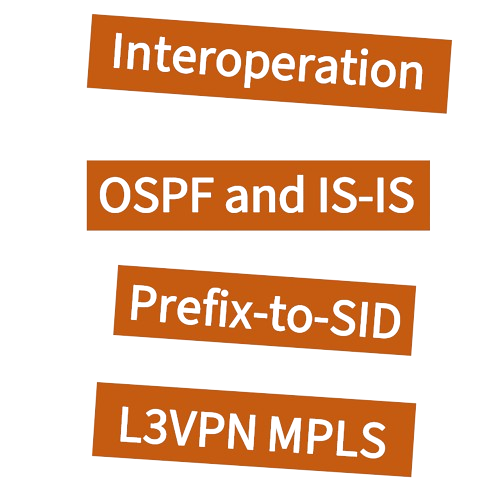SR TE Policy Automated Steering
2024 May 18
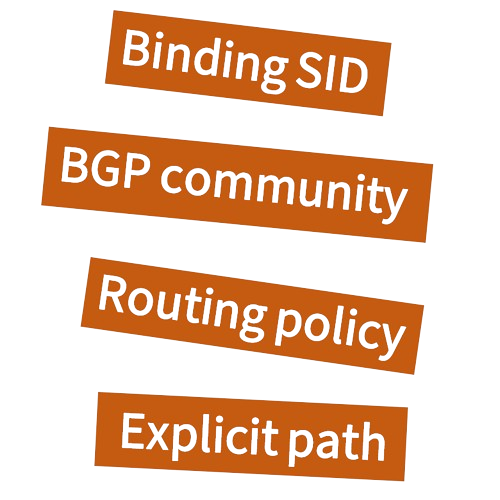

MPLS-based EVPN IRB for IPv6
2024 May 12
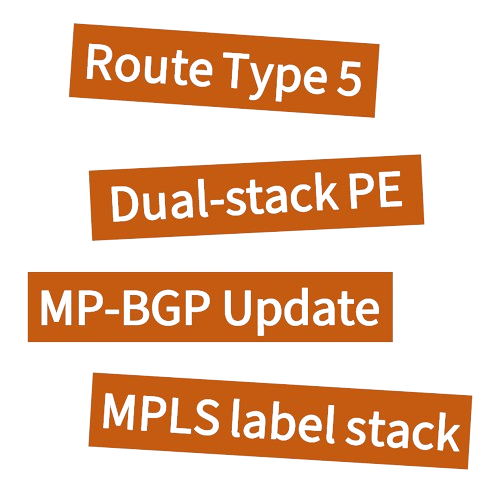

OSPF Down Bit in MPLS L3VPN
2024 Apr 22
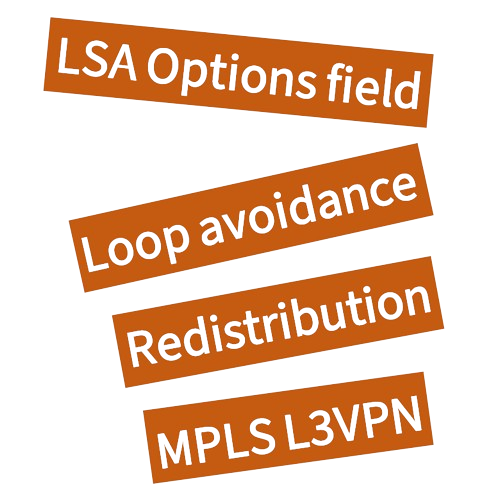

FlexVPN Spoke-to-Spoke Routing
2024 Apr 16
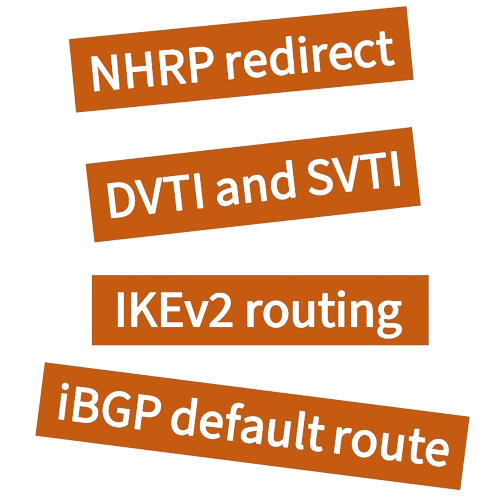

FlexVPN IKEv2 Routing
2024 Apr 15
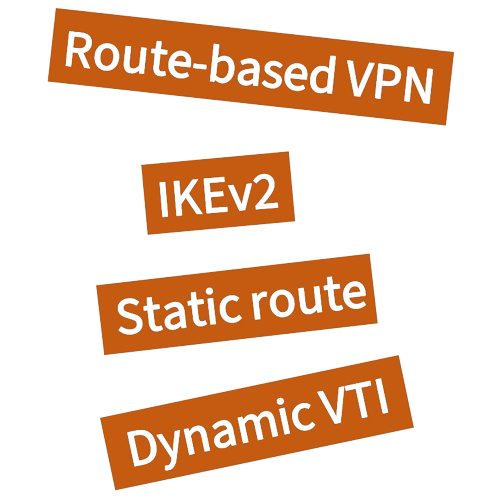

EVPN Multihoming
2024 Apr 14
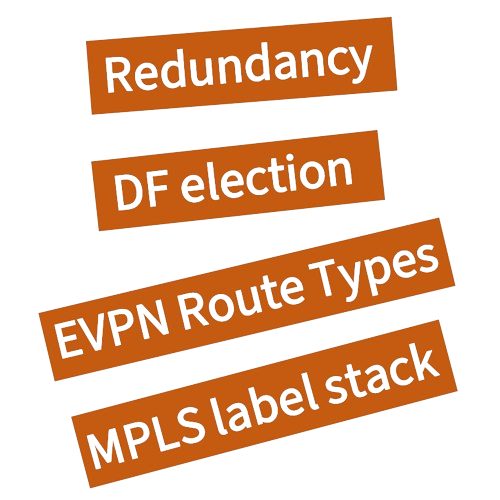

Hierarchical VPLS
2024 Apr 13
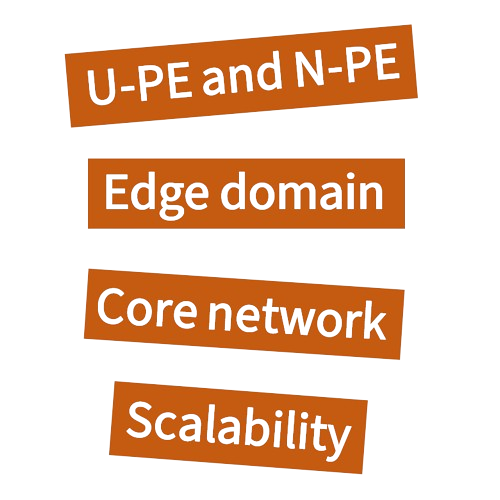

Segment Routing Mapping Server
2024 Jan 12
